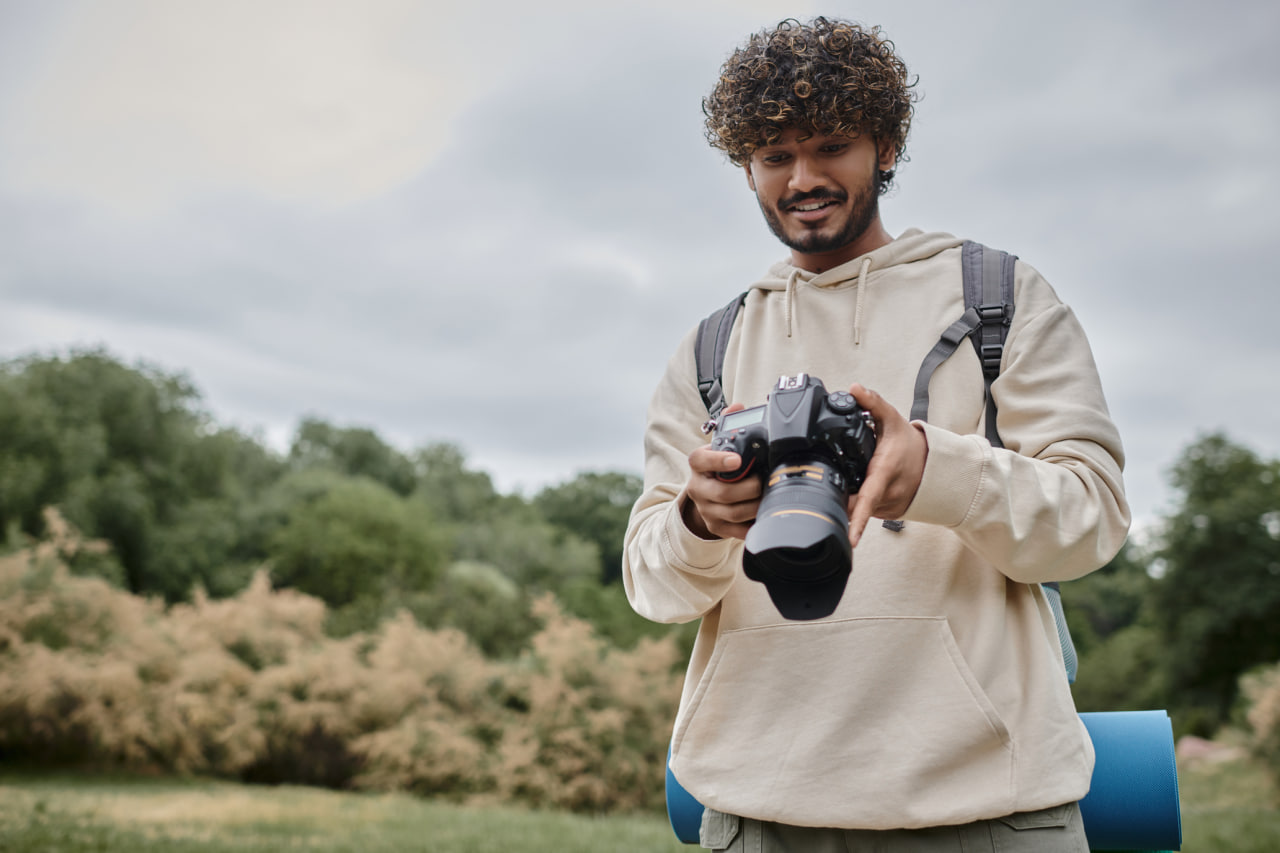Photography is more than capturing moments; it is a powerful medium for storytelling. Each photograph has the potential to communicate emotion, convey ideas, and narrate experiences without a single word. The art of storytelling through the lens combines technical skill with creativity, allowing photographers to transform ordinary scenes into compelling visual narratives that resonate with audiences.
Understanding Visual Storytelling
At its core, storytelling in photography is about conveying a message or emotion. A single image can tell a story of joy, struggle, beauty, or cultural identity. To achieve this, photographers must carefully consider composition, lighting, perspective, and subject matter. Every element in the frame contributes to the story, from the way light falls across a subject to the arrangement of objects in the background. By thoughtfully combining these components, a photographer creates images that speak to viewers on a deeper level.
Choosing Subjects with Purpose
The foundation of any visual story is the subject. Selecting subjects that carry meaning or emotion is essential. This could be a person whose expression tells a narrative, a landscape that evokes a sense of time and place, or an object that symbolizes a broader concept. The key is intention: understanding why you are photographing a subject and what story you want to communicate ensures that your images are not merely snapshots but meaningful narratives.
The Role of Composition and Perspective
Composition and perspective are powerful storytelling tools. The way elements are arranged within a frame can lead the viewer’s eye, highlight significance, and evoke emotion. Techniques such as the rule of thirds, leading lines, framing, and depth of field guide attention to the story’s focus. Perspective, whether through wide-angle shots, close-ups, or unique vantage points, can alter the narrative’s impact, making viewers feel involved, distant, or reflective.
Using Light and Color to Enhance Narrative
Lighting and color are essential components in visual storytelling. Natural light, shadows, and highlights create mood and drama, while color palettes can evoke emotion and reinforce themes. Warm tones may suggest intimacy and comfort, whereas cool tones can create distance or melancholy. By consciously using light and color, photographers add layers of meaning to their images, enhancing the story without the need for words.
Capturing Moments of Emotion and Action
Some of the most compelling stories are captured in fleeting moments. Anticipating and photographing genuine emotion or decisive action can transform an image into a narrative that feels alive. This requires patience, observation, and a deep understanding of timing. Whether it is a subtle gesture, a candid smile, or a dramatic movement, these moments convey authenticity and draw viewers into the story.
Incorporating Context and Environment
The environment surrounding a subject adds context and depth to a story. Backgrounds, textures, and surroundings can provide clues about culture, history, or emotion. Including contextual elements allows viewers to understand the narrative beyond the immediate subject, enriching the story and making it more engaging. Attention to environment helps balance simplicity with richness, ensuring the story is clear but layered.
Post-Processing as a Storytelling Tool
Editing and post-processing are not just technical steps; they are part of the storytelling process. Adjusting contrast, exposure, color grading, or cropping can emphasize certain aspects of the image, highlight emotion, or create a cohesive mood. Thoughtful post-processing allows photographers to refine their narrative, ensuring the final image communicates exactly what they intended.
Developing Your Own Storytelling Voice
Every photographer has a unique perspective and voice. Developing a storytelling style involves experimentation, reflection, and practice. Study stories that inspire you, analyze how composition, lighting, and subject matter work together, and practice capturing narratives in different contexts. Over time, your visual voice will become distinct, allowing your images to consistently communicate meaningful stories.

